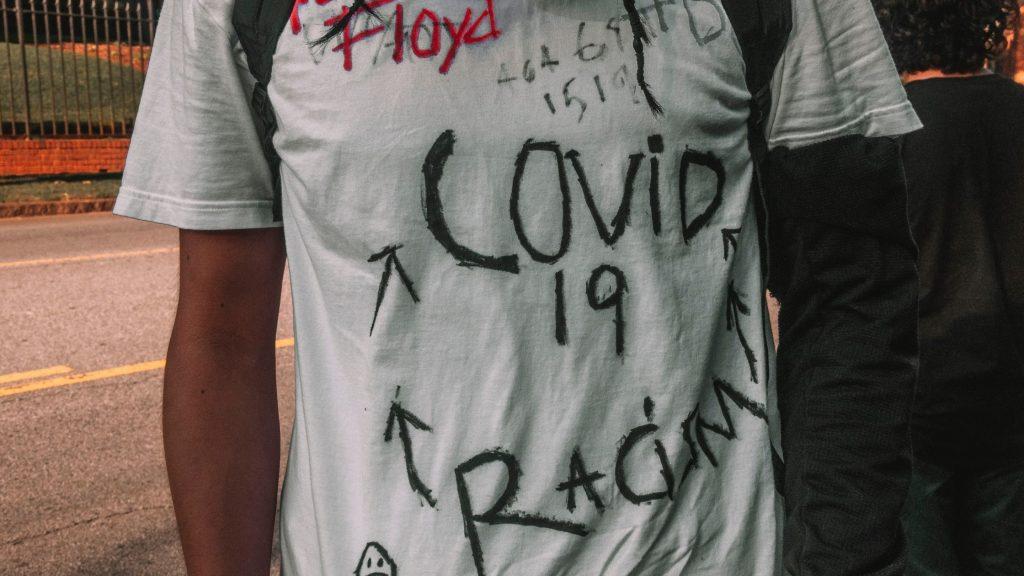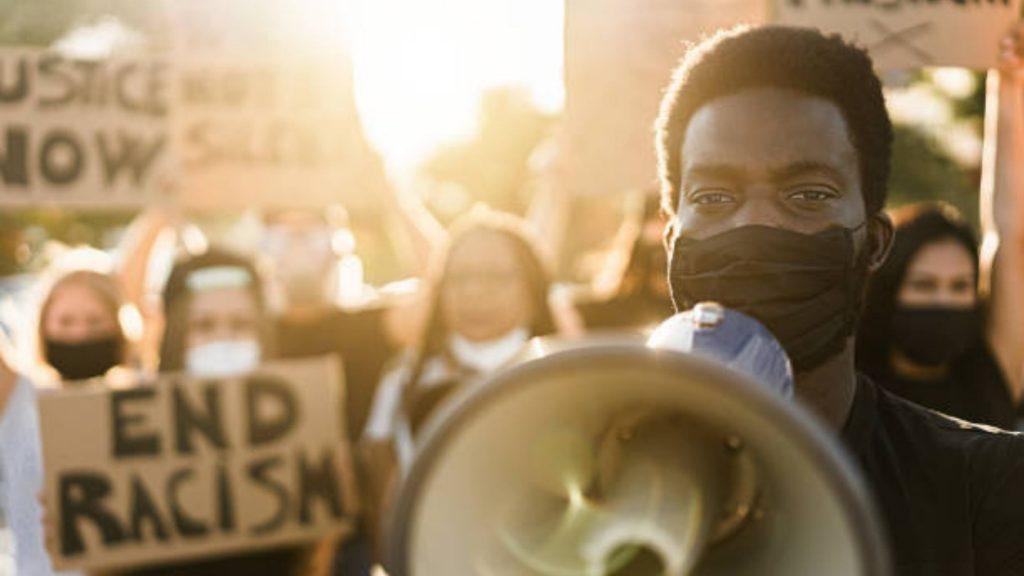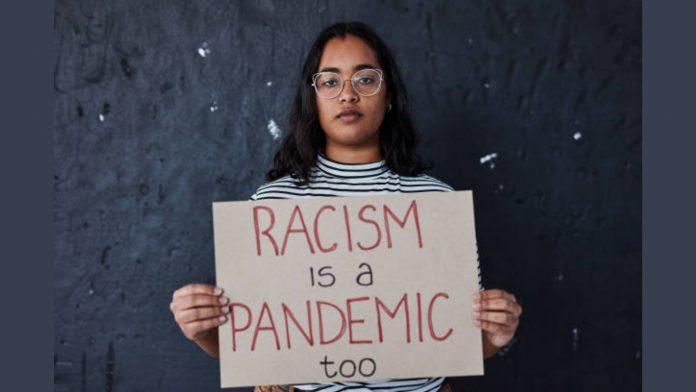Humans are complex creatures inherited with bizarre traits. On one hand, these traits, being the point of commonality, unite humans as species, while on the other hand some of these traits split humans among themselves. One such trait is racism. Every human is distinctive and this is what defines their individuality. Individuals belonging to different countries exhibit different characteristics, both physically and culturally, and are unique to their country and ethnicity.
Racism is the ideology that humans may be divided into specific biological units called “races”, based on their appearance, color, geographical locations, etc, and that some races are quintessentially superior to others. Racism is existent in society for a long time now. The deeply rooted racism in the conscience of Nazis led to the mass murder of Jews in Germany. In North America and South Africa, racism led to the segregation of whites and blacks developing their own institutions and living life separately. Similarly, Britishers left India but left behind their post-colonial hangover of fair-skinned people being superior to the dark-skinned people, and this illogical and unnecessary discrimination exists very much till today.
Facts of the Problem
In recent times, the spread of COVID-19 has driven racism to a different dimension. Coronavirus was first discovered in the city of Wuhan of the Hubei province of China in December 2019, and in no time it spread across the world making it a disastrous epidemic affecting not only the entire living species but also the economic structure of the whole world.
This pandemic is causing exploitation and alienation of East Asian and Southeast Asian people, especially the Chinese. Since the virus was first identified and transmitted from China; a lot of sinophobia is ignited in the minds of people across the globe. Many countries, especially, the US, have openly blamed China for this epidemic and have renamed the virus as “Chinese Virus” indicating their unhygienic conditions in the wildlife market and their culture of consuming animals like bats, snakes, and dogs. Meanwhile, China itself is no less in launching xenophobic attacks against African residents of the southern Chinese city of Guangzhou. They are mistreated, evicted from their houses, and forcibly quarantined despite being physically sound and having no recent travel history.
An Asian woman was assaulted and called a disease by a stranger in a subway station in New York. A middle school student in California was forcibly sent to the nurse’s office after coughing in class, even though he clarified that he choked on water and wasn’t ill. Jonathan Mok, from Singapore, was beaten up by four men while telling him “we don’t want your coronavirus in our country”. All these incidents indicate the clear discrimination against people having a Mongloid appearance and how it’s making the situation much worse.
Indian perspective

Meanwhile, in India, the situation is no better. Northeast Indians comprise the Tibeto-Burman and Austro-Asiatic linguistic families of the region, who have a mongoloid appearance and are mainly categorized as Scheduled Tribes in Article 342 and 366(25) of the Indian Constitution but not limited to this category. Racism towards northeastern Indians is not new. Hearing remarks like Chinky, Momo, or even Chinese has always been a daily thing for northeastern. But this discrimination has evidentially hiked since the pandemic broke. A Manipuri woman was spat on and called ‘Corona’ by a middle-aged man. A group of northeastern students were beaten up and asked to evict their premises in Kolkata.
According to the reports of Times of India, two students from Nagaland were denied entry into a supermarket in Mysore and were told that they were not Indians. These incidents are making the situation worse considering the fear and misinformation that people have in their minds with respect to the pandemic.
Protests and resistance

The last decade proved to be favorable for the growth of digital activism. With social media being extremely accessible and growing in the industry, it became easier to raise a voice against wrongful issues of society on social platforms. Social media helps in spreading the word like a forest fire and gains the support of thousands and lakhs of people. Also, justice is being demanded through such platforms by tagging the respective authorities.
As far as racism is concerned, from sharing posters of ‘Stand up for those who can’t’ read: ‘Stop Calling People from Northeast “Coronavirus”, to sharing videos and using hashtags like #IamIndian, #IamNotCoronavirus, and #NoToDiscriminationAgainstNortheastIndians has led to more and more people realizing and supporting this cause.
Meiyang Chang, an Indian-Chinese and popular Indian Idol contestant in the year 2007, shared his experience of racism in Mumbai in a video post on Instagram. He quoted ‘My name is Chang, and I am not Coronavirus.’. He narrated how two people on a bike who pass by saw him, screamed ‘coronavirus’, and rode away on returning home one night. A Sikkim-based rapper released his first Hindi Project titled ‘Made in India’, intending to spread awareness about the Northeast Indians, and target a larger audience. A petition was also started in Change.org to Narendra Modi, Prime Minister of India, urging the Prime Minister to condemn racial attacks on Northeast Indians.
Problem of the law
Alana Golmei, a lawyer and activist of North East Support Centre, shared how the number of complaint calls that she receives regarding this discrimination has increased from 1-2 cases a week to 4-5 calls daily, amongst which, 60% of the victims were women. The biggest issue here is that there is no proper law to deal with this ever-increasing discrimination till now. For female victims, complaints are filed under sec 509 of IPC (word, gesture, or act intended to insult the modesty of a woman), but there is no specific law to deal with cases of racism.
In the landmark case of Karma Dorjee & Ors vs U.O.I & Ors, the petitioner discussed the atrocities and discrimination that the people from Northeastern states have been facing for the longest time. He took the reference of Article 32(2) of the Indian constitution which confers the supreme court the power to issue writs. His petition was an eye-opener on how people from the northeastern states are deprived of basic amenities and rights and the lack of equitable distribution of resources and opportunities such as state-of-the-art hospitals, job opportunities, and transportation.
Also, it highlighted how the people from the rest part of India look down upon them just for having certain distinct facial features. The petitioner supported his plea with factual details including the death of a young Manipuri student after being assaulted, by a group of people, in her college hostel on 17th April 2012. Similarly, in May 2013, a young Manipuri girl was murdered in a two-bedroom rented apartment in the capital.
Judgement
Justice DY Chandrachud instructed the home minister to take necessary actions addressing the issue which led to the formation of a two-member committee constituted of one member nominated by the government of India and one person nominated who is a local public figure. The committee had the following duties and responsibilities:
- To monitor the overview of the implementation of the MP Bezbaruah committee which was a 12 member committee formed under the chairmanship of MP Bezbaruah and was appointed on 5 February 2014 in the wake of the death of Nido Tania, a student from Arunachal Pradesh, on 29 January 2014 after racist attack in Delhi.
- To monitor the government initiatives against atrocities.
- To receive an action plan in case of such discrimination.
- To raise the issue to the concerned state authorities.
Analysis of the judgement and recommendations
The above judgment was suitable and well-framed with respect to the petition. However, several recommendations which are mentioned below, if implemented, might help in curbing the issue faster and better.
- Formation of Fast Track Courts and speedy redressals would smoothen the process of providing justice to the victims.
- Appropriate educationary alterations should be implemented into the system in order to promote and enlighten the youth regarding equality and the feeling of empathy and brotherhood.
- State level committees and organizations should be set up for addressing the cases of racism.
Racism is a deep-rooted evil of the society which needs to be destroyed from the core. Cultural and territorial is the beauty of India. It shouldn’t be diverted negatively leading to discriminatory instances like the ones happening for so long. As far as the current situation is concerned, the mental anxiety and uncertainty that the pandemic brings with it, is nourishing the fire of prejudice against certain groups of people in the country.
What people are failing to understand is that those people are equally traumatized by the pandemic. They too are concerned about their lives and well-being and in such difficult times, showering them with xenophobic behaviors is only making the situation worse. Racial scapegoating is the last thing the world needs right now.
This is the time to come together and fight this pandemic with utter courage, equality, and a sense of empathy. Prima facie, medical treatments might cure the illness, but it is a unity that will, in the long run, help in maintaining world peace.
Related:


